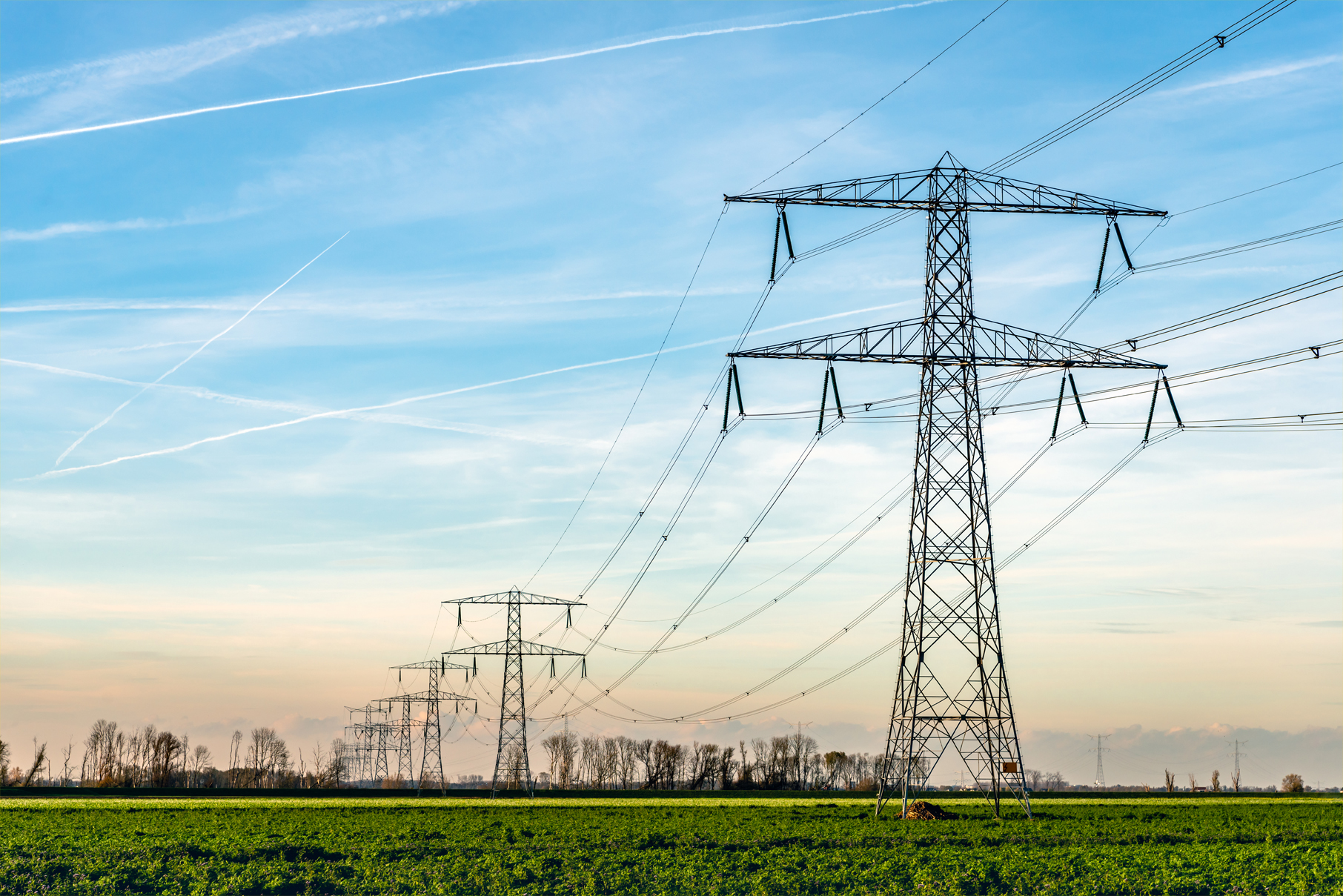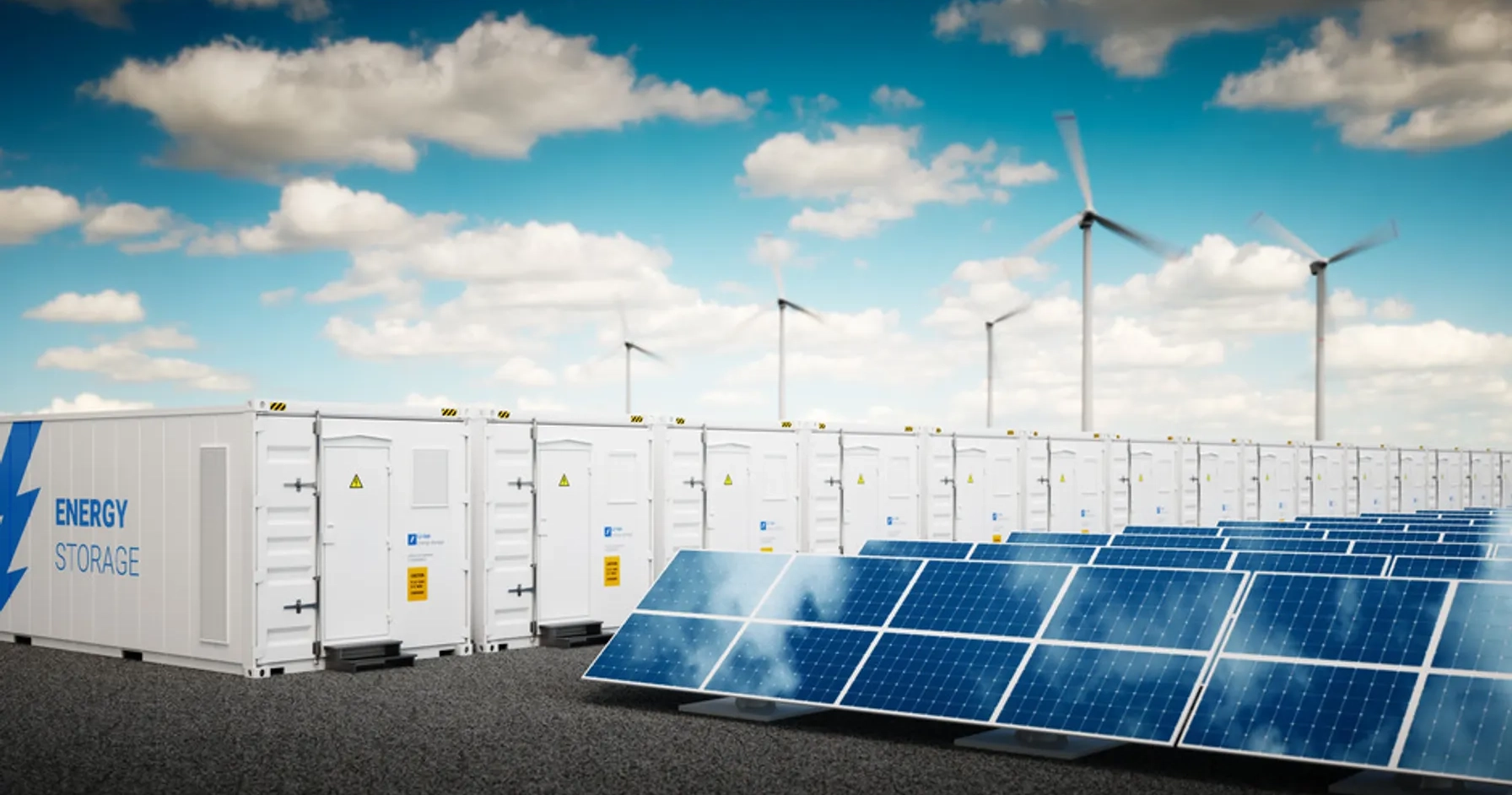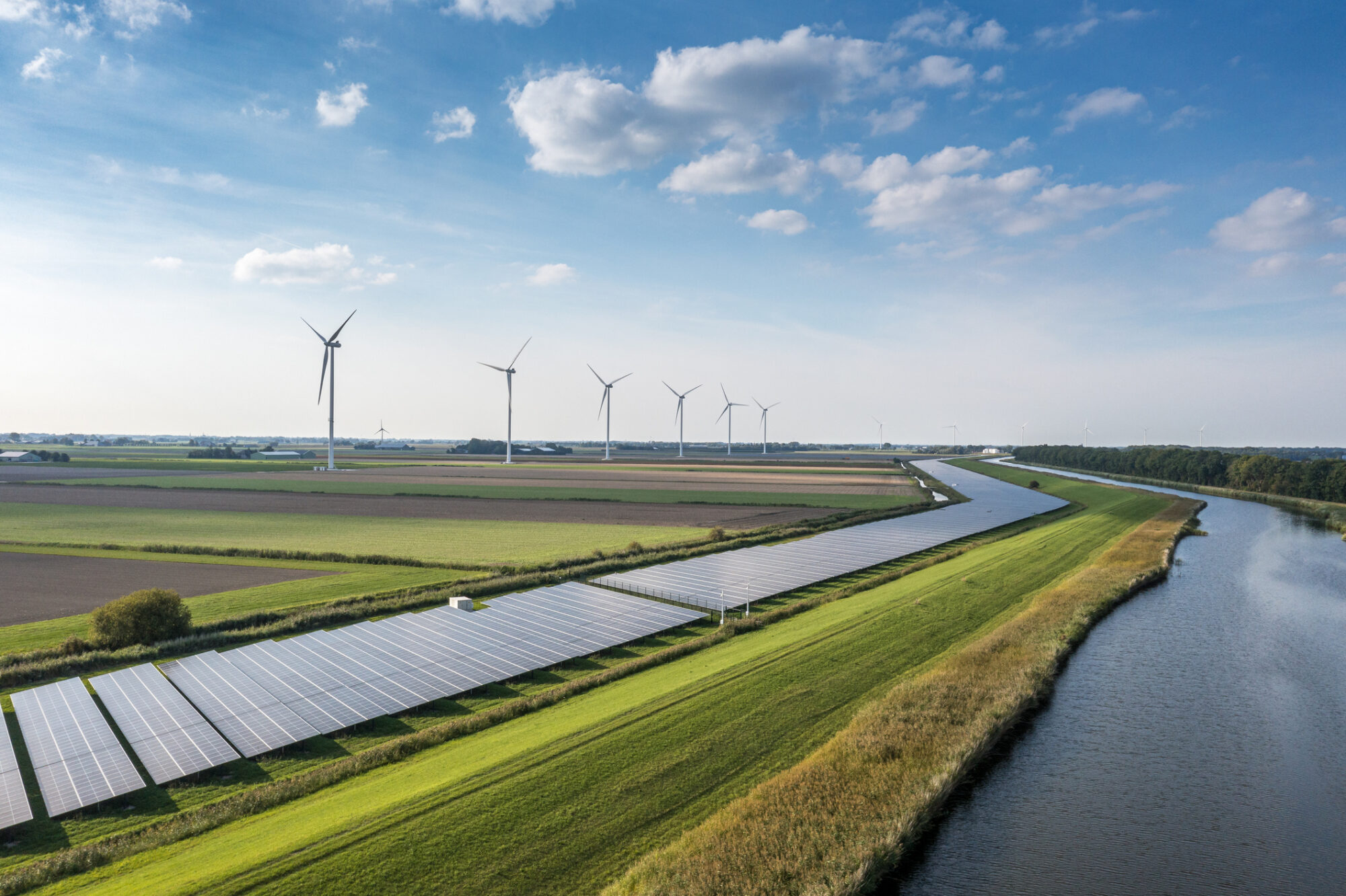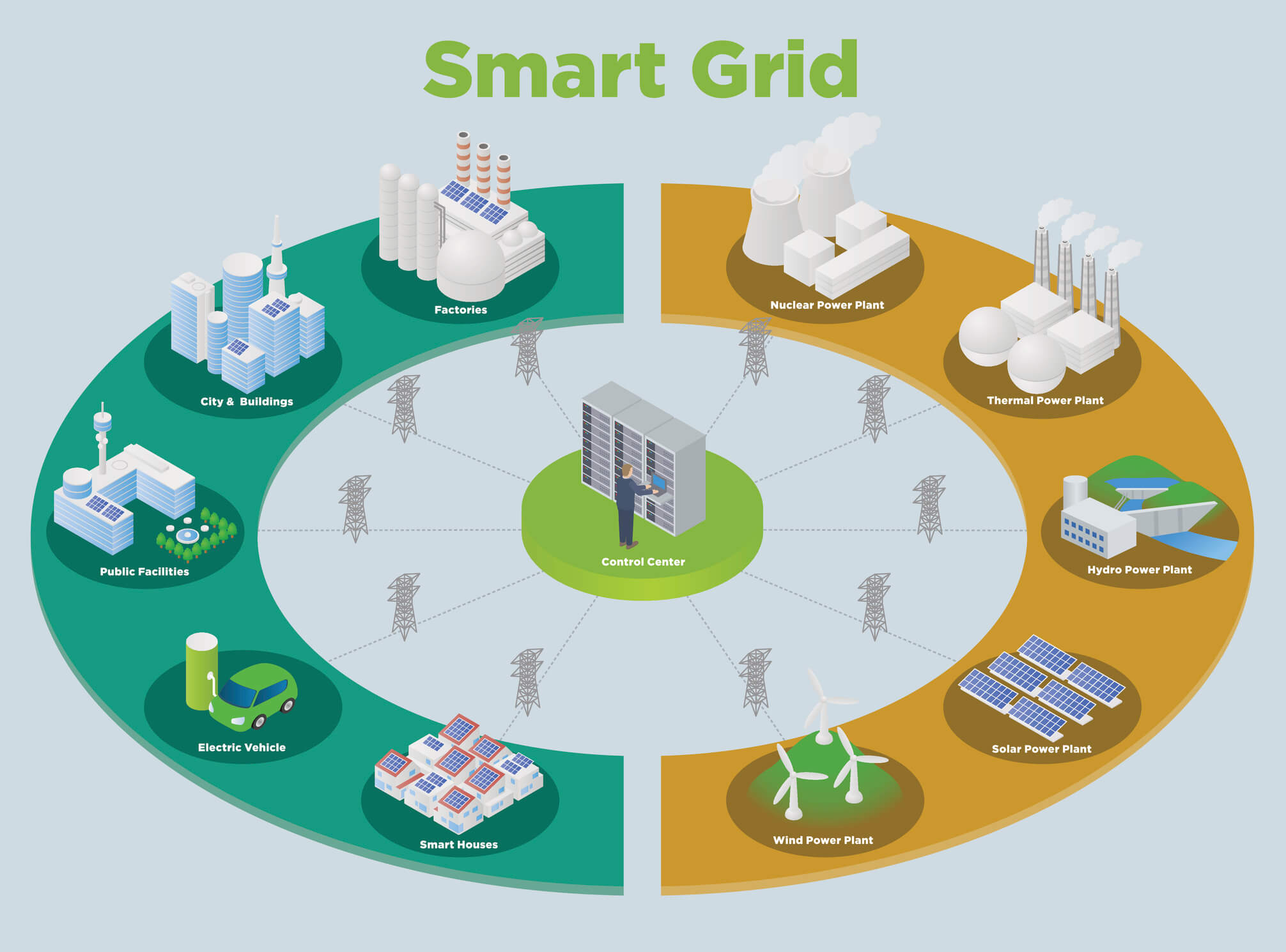Exploring the potential and hurdles of expanding natural gas use in California’s seaport high-horse-power applications for emissions reduction and cost savings
This report assesses the feasibility, issues, and potential benefits associated with the expanded use of natural gas in California high-horse-power (HHP) seaport applications. Using natural gas in HHP seaport applications can provide strong societal benefits, especially in high-impact sectors like marine vessels and locomotives. It can significantly reduce key harmful air pollutants, thereby improving ambient air quality. By switching to natural gas, HHP end users at California’s seaports have the opportunity to simultaneously comply with challenging regulatory requirements while potentially reducing life-cycle costs. Moreover, if these fleets can gain affordable access to growing volumes of renewable natural gas (RNG) in California, they will be able to realize deep reductions of greenhouse gas (GHG) emissions.
The focus of this report is on using natural gas in California’s three major ports (Los Angeles, Long Beach, and Oakland). These large seaports act as the anchors of California’s world-class goods movement system. To date, the actual use of natural gas to power HHP vehicles, vessels, and equipment at these and other North American ports has essentially been limited to proof-of-concept tests and a few early market commercial deployments. Moreover, very low oil prices over the last several years have inhibited further growth of demonstrations and deployments. However, the predicted return of higher oil prices, combined with recent phasing-in of stricter emission regulations, has stimulated new interest in switching to clean-burning natural gas engines at California ports and across the U.S. LNG fuel systems are receiving the most interest for these large HHP applications, but CNG fuel systems may also play a role in future niche applications. Gradually, RNG can be phased in to displace fossil-based natural gas, to sharply reduce GHG emissions, and maximize the climate change benefits.
As summarized in this report, there are important technical, policy, institutional, and economic challenges that must be addressed before California can realize the major benefits of using natural gas in seaport HHP applications. Recommendations are provided for actions that can be helpful to enable fuel switching in marine and locomotive applications serving California seaports. The recommendations generally fall within the jurisdictions of key California state agencies and state funding programs. However, they also broadly apply to federal and local agencies, industry groups, and academic institutions that seek to reduce criteria pollutant and/or GHG emissions from marine vessels and locomotives.
Related Services
Download the The Feasibility, Issues, and Benefits Associated with Expanded Use of Natural Gas at Seaports and Other High Horsepower Applications White Paper
Publish Date: October 2017
Client: California Energy Commission
This white paper was authored by GNA, which is now TRC’s clean transportation solutions team.
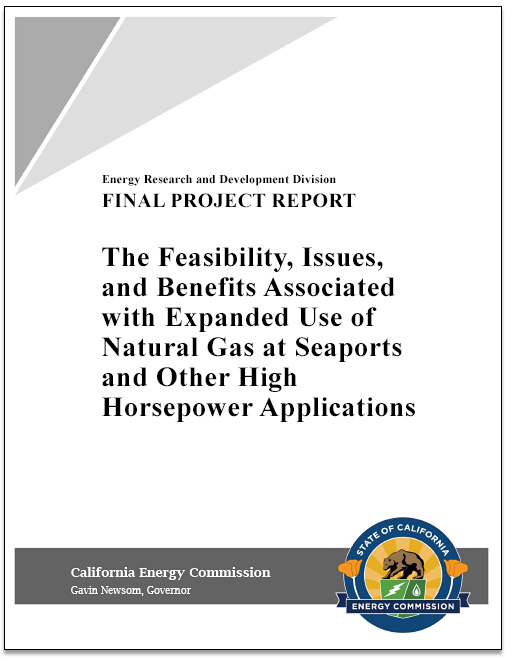
Sharing Our Perspectives
Our practitioners share their insights and perspectives on the trends and challenges shaping the market.

Grid Resiliency: Perspectives Across the Power Grid
April 16, 2025
In today’s changing energy landscape, grid resiliency is a top priority for all power system owners and operators. The ability to absorb disruptions and maintain power is crucial in an increasingly unpredictable world.

Take the Right Approach to Implementing DERMS
March 27, 2025
Implementing DERMS can come with challenges. By understanding the unique challenges related to DERMS and adopting the appropriate strategies to mitigate potential pitfalls, utilities can effectively integrate and coordinate DER deployment to align with regulatory commitments and broader business objectives.

How ISOs, RTOs and Utilities Can Effectively Manage Massive Data
March 20, 2025
In today’s rapidly evolving energy landscape, Independent System Operators (ISOs), Regional Transmission Organizations (RTOs) and utilities face unprecedented challenges in managing vast amounts of data.

Download Whitepaper: 10 Years of Insights for Clean Community Microgrids
March 1, 2023
Clean, community microgrids represent a promising and timely opportunity for you to advance your customer offering and deliver meaningful societal benefits, all while modernizing your grid and providing you with load flexibility.

Decarbonization: A Systems-Level Challenge and Actions to Address Climate Change
December 7, 2021
Carbon elimination of the magnitude needed to address climate change requires systems-level change that can only be reached by incremental, ground-up progress, building upon what we have achieved thus far.
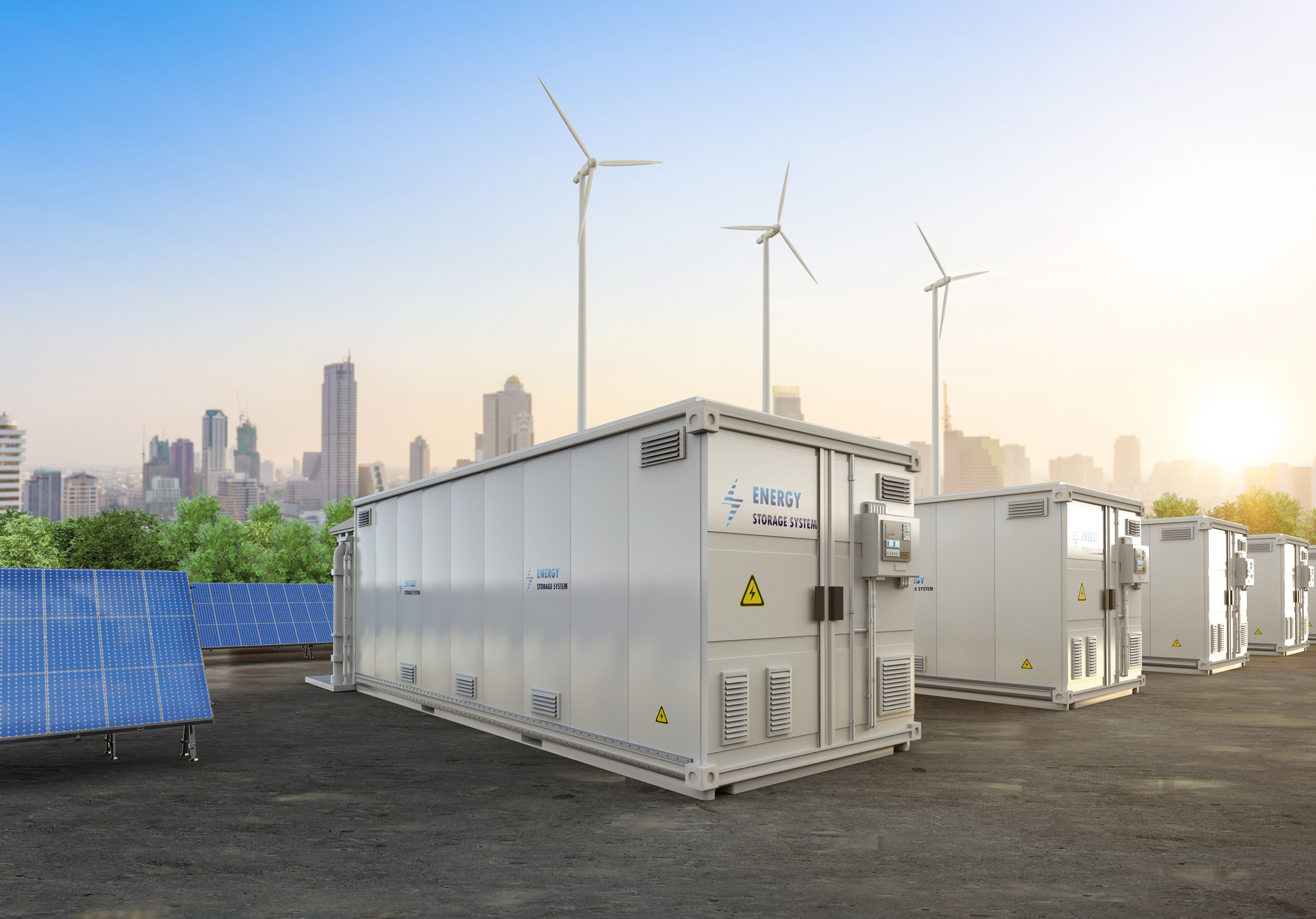
How Do Energy Storage Systems Work?
October 18, 2021
For more than five decades, TRC has brought efficient, resilient energy systems to the world. We understand the challenges of implementing energy storage projects.
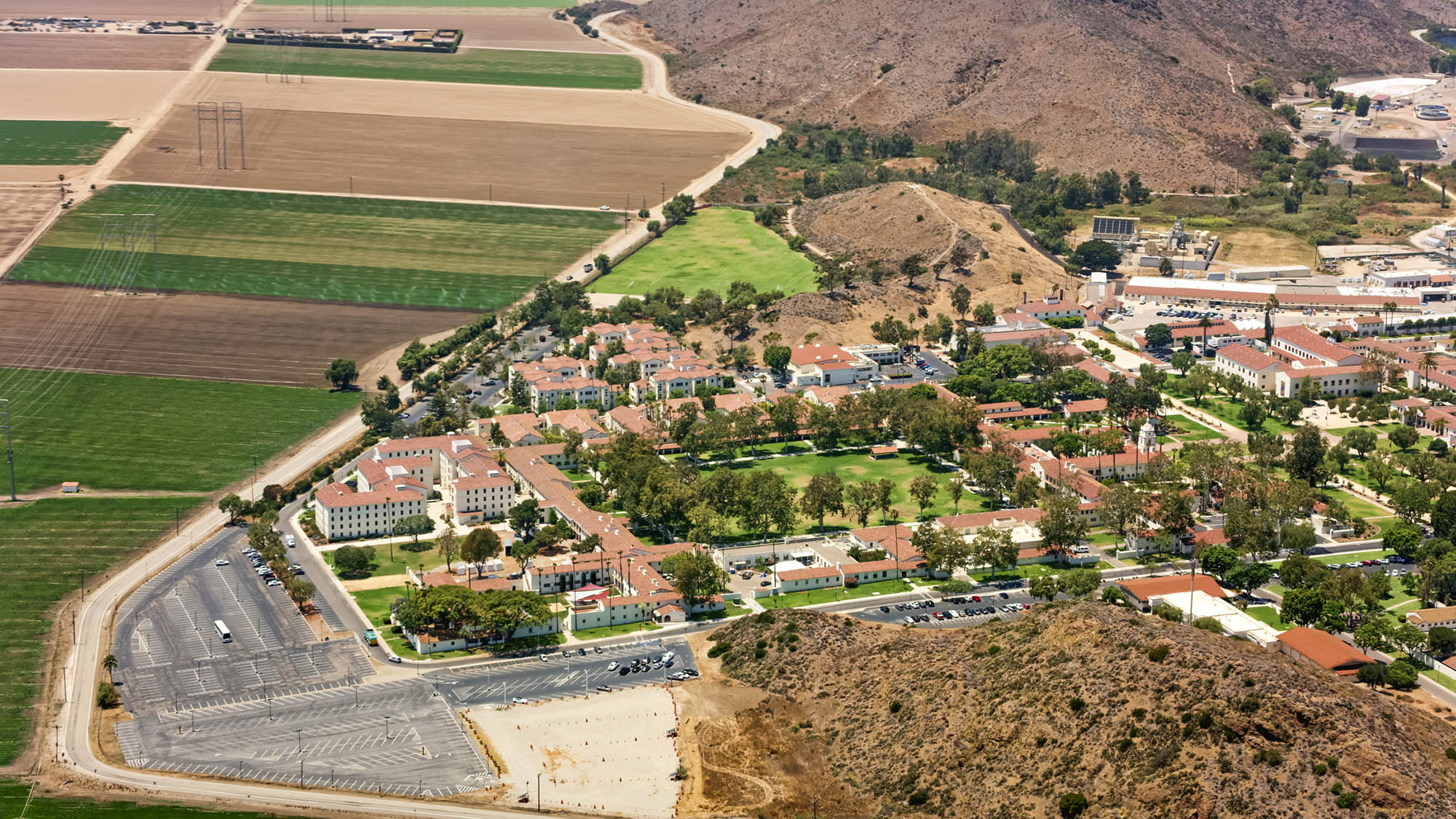
City of Camarillo, California approves moving forward with Hybrid Solar Microgrids at five critical community facilities
November 6, 2020
On October 28, the Camarillo City Council unanimously approved moving forward with the design of Hybrid Microgrids at five City facilities: City Hall, the Corporation Yard, Camarillo Public Library, Police Station, and Wastewater Treatment Plant. The microgrid at the Camarillo Public Library will be designed with solar+storage only, while the other four sites will employ a hybrid design of solar+storage+diesel.

TRC Digital partners with Dominion Energy to evolve its distributed energy resource strategy
September 22, 2020
Dominion Energy, one of the nation’s largest producers and transporters of energy, has partnered with TRC Digital to evaluate, implement and integrate technology to further the utility’s distributed energy goals. TRC Digital will facilitate Dominion Energy’s strategy development and technology execution, allowing Dominion Energy and its customers to accelerate the shift to distributed energy resources (DER) and net carbon reduction.

TRC Digital and Enbala can help utilities monitor, control and optimize distributed energy resources
April 17, 2020
Distributed energy resources (DERs) are changing the way utilities think about power generation and energy flow. TRC and Enbala can offer utilities a multi-layered solution that highlights the strengths of each company.
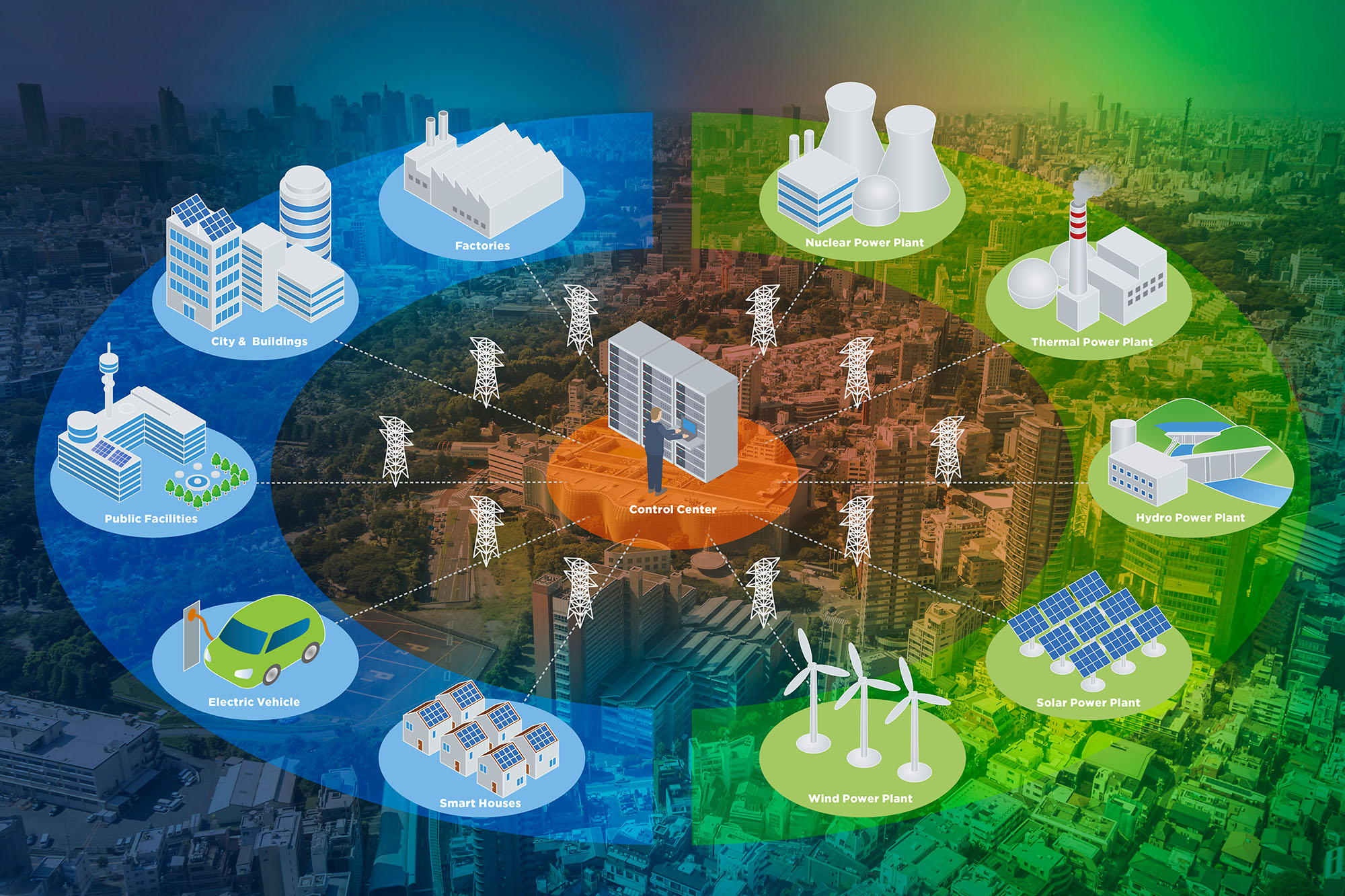
TRC and partners win $1 million grant for engineering innovative New York microgrid
April 20, 2017
TRC is proud to support Huntington, NY bolster power reliability and climate-change resiliency with a sophisticated new “community microgrid’’ combining solar energy, a fuel cell, biogas and traditional natural gas to deliver electricity and heat to local customers and institutions.
Start the Conversation
Let’s connect to discuss how TRC can help you drive a more sustainable future.




